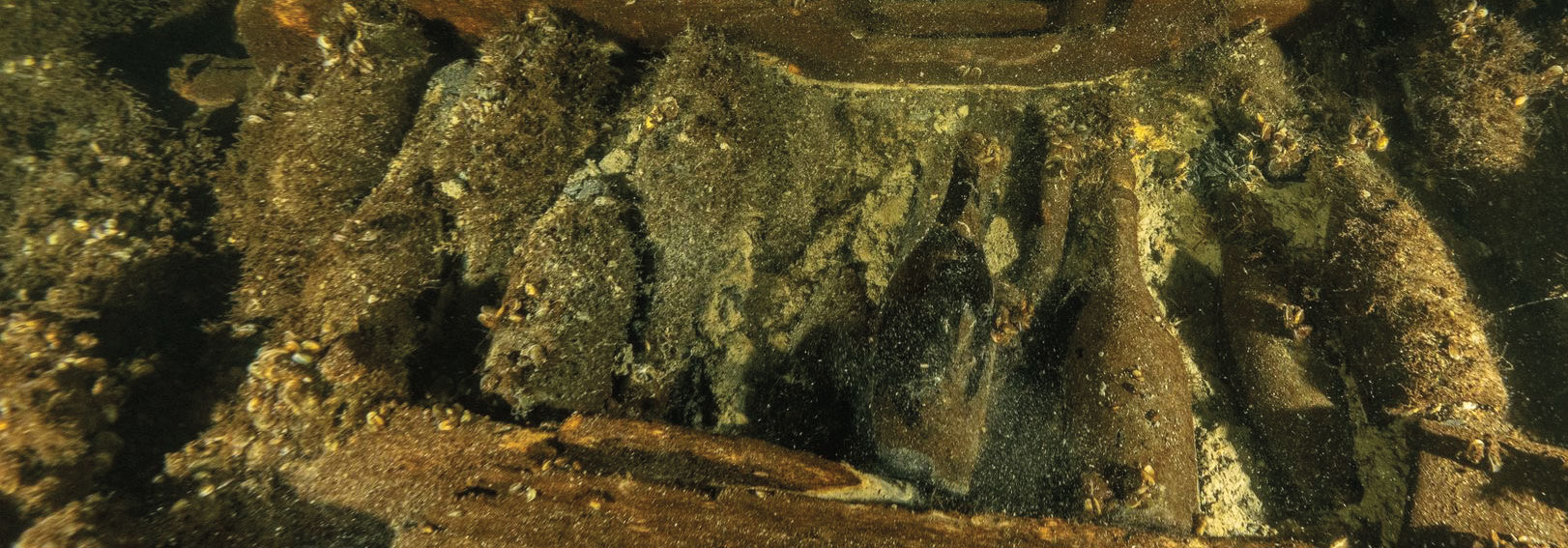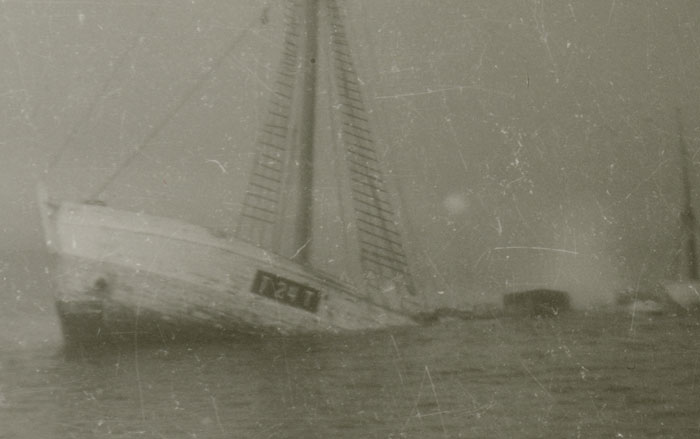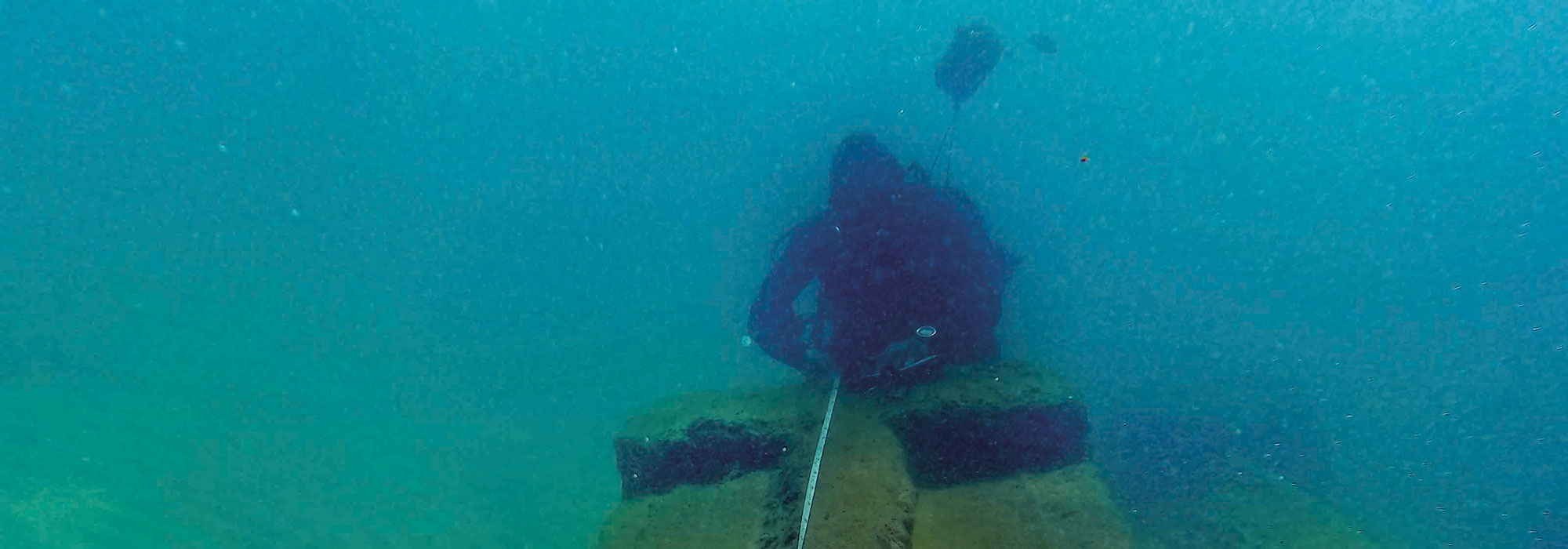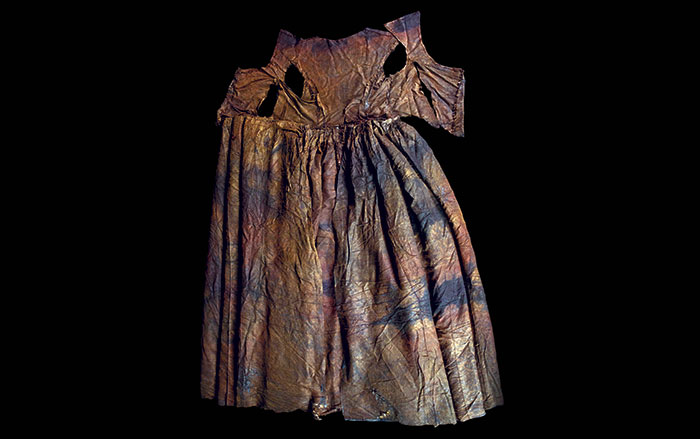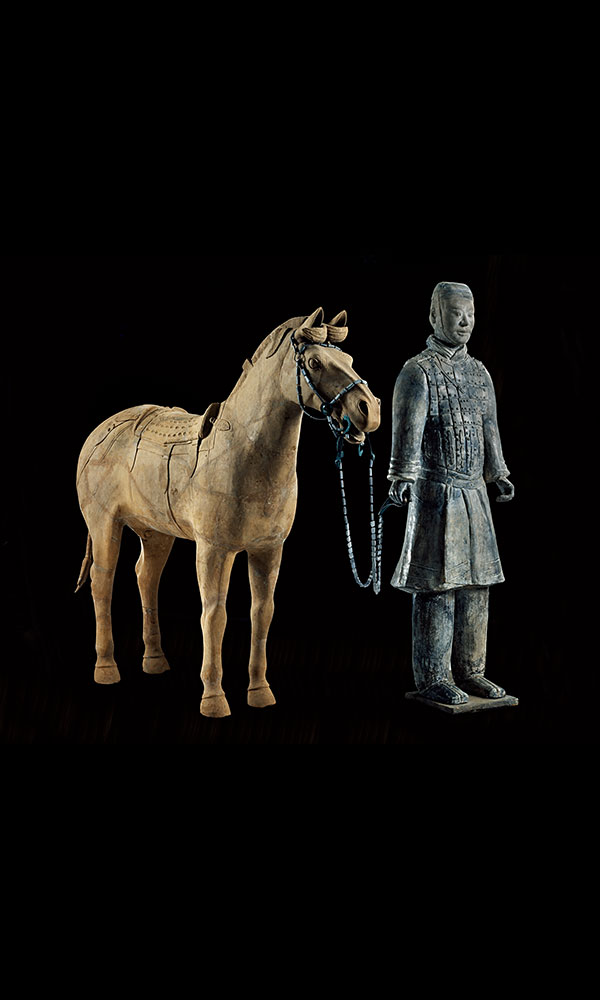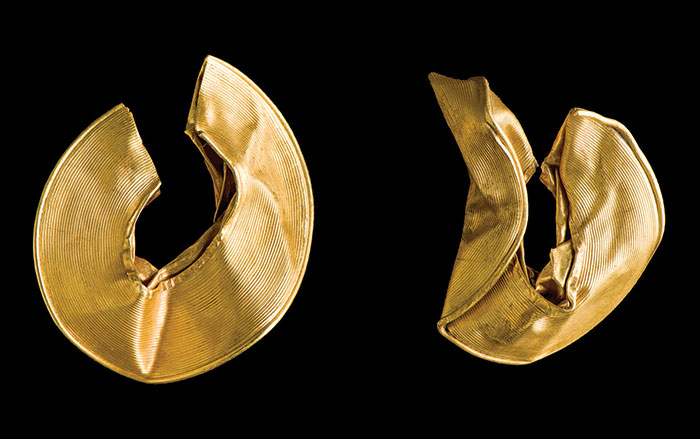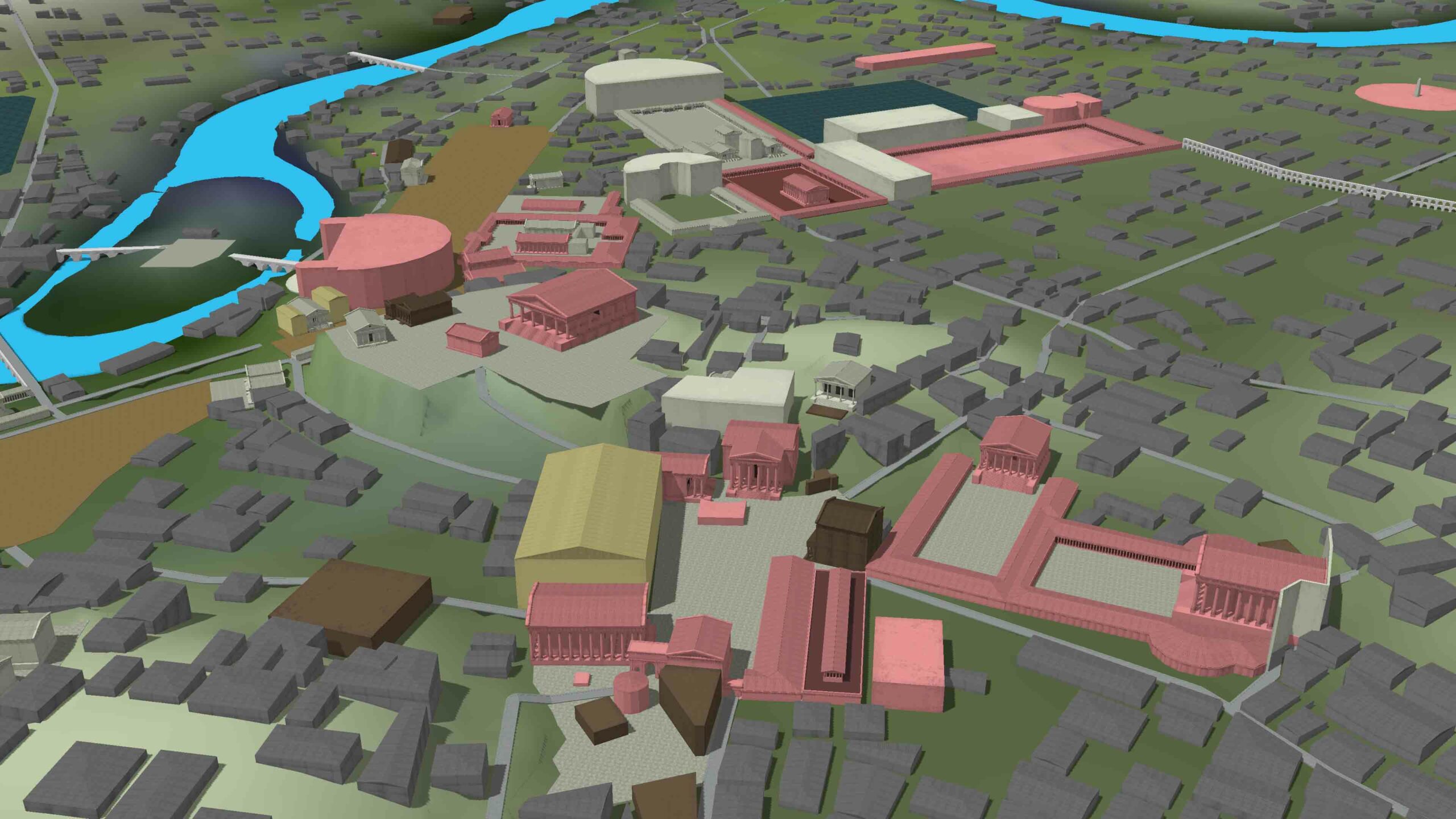
VIENNA, MARYLAND—Julie Schablitsky, chief archaeologist for the Maryland State Highway Administration, notes that the late eighteenth-century merchant ship raised from the Nanticoke River last month may have been built by enslaved workers or indentured servants. “The workmanship isn’t that of professional builders,” she told The Dorchester Banner. “At least three curious or strange carvings have been found. We don’t know what they mean. Usually when you see carvings on a ship, they were put there during the construction process, usually Roman numbers, but these were different. There are two geometric patterns (carvings) that no one in our team of underwater archaeologists and maritime historians had ever seen before,” she said. The small ship may have been used to move tobacco, farm goods, or even livestock from larger ships to plantations and merchants. For more on nautical archaeology, go to "History's 10 Greatest Wrecks."


